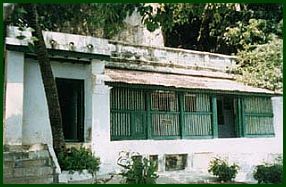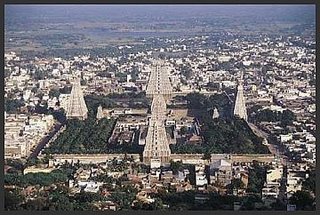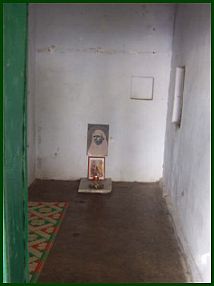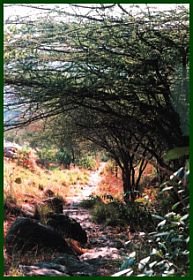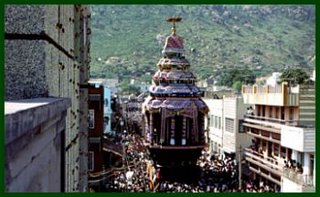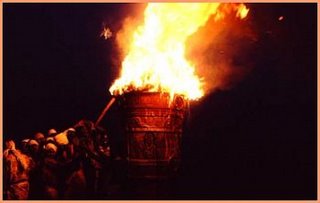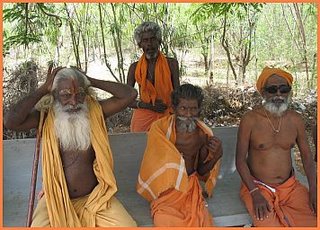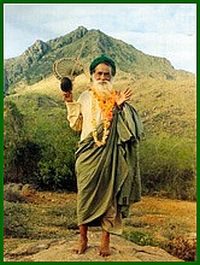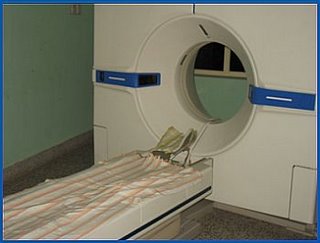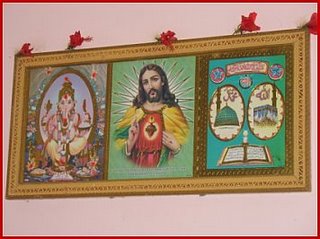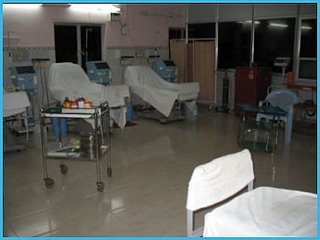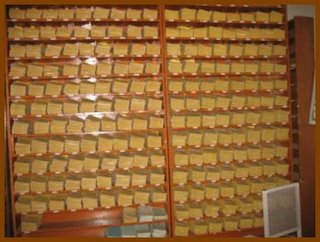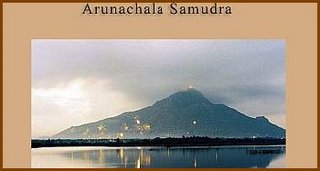
Sri Ramana's astonishing spiritual powers were observed by others but never remarked upon by Ramana himself. It must have been a golden time at Arunachala for devotees to be able to meet both Sri Ramana and the great avadhuta Sri Seshadri Swamigal.
In South India, Alick McInnes, a Scottish scientist, witnessed the strange spectacle of Sri Ramana Maharshi on his evening walk. Within seconds of his leaving his house, cattle tied up in stalls in the village half a mile away would struggle to get out of their ties. When released, they careered along the road to accompany the old man on his walk, followed by all the dogs and children of the village. Before the procession had gone far, wild animals and even snakes joined it from the jungle. Thousands of birds appeared, almost blotting out the sky. There were tiny tits, huge kites, heavy-winged vultures and other birds of prey, all flying in harmony around the Maharshi on his walk. When he returned to his room, said McInnes, all the birds, animals and children would quietly disappear.
[The Secret Life of plants by Peter Tompkins and Christopher Bird]
